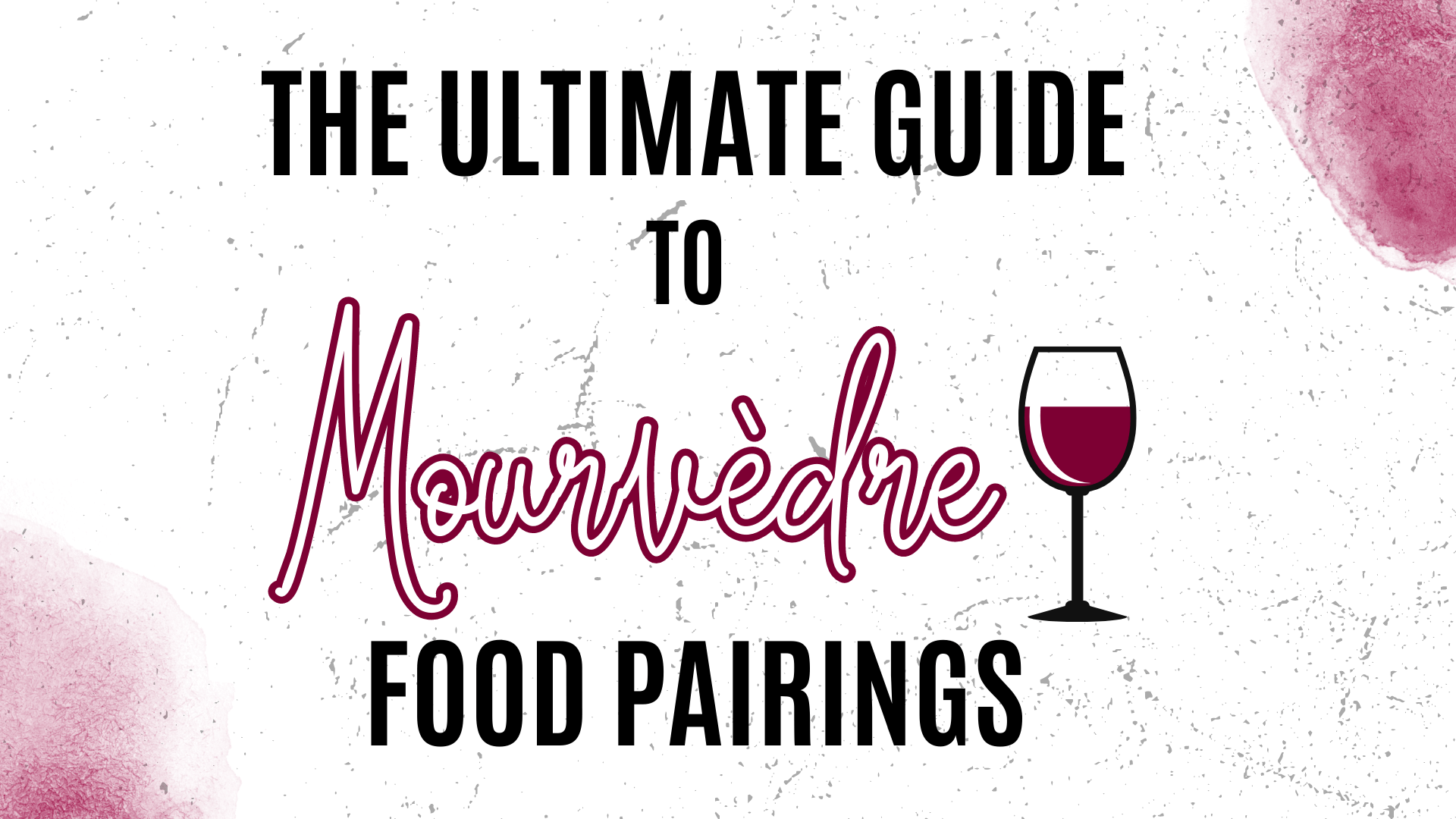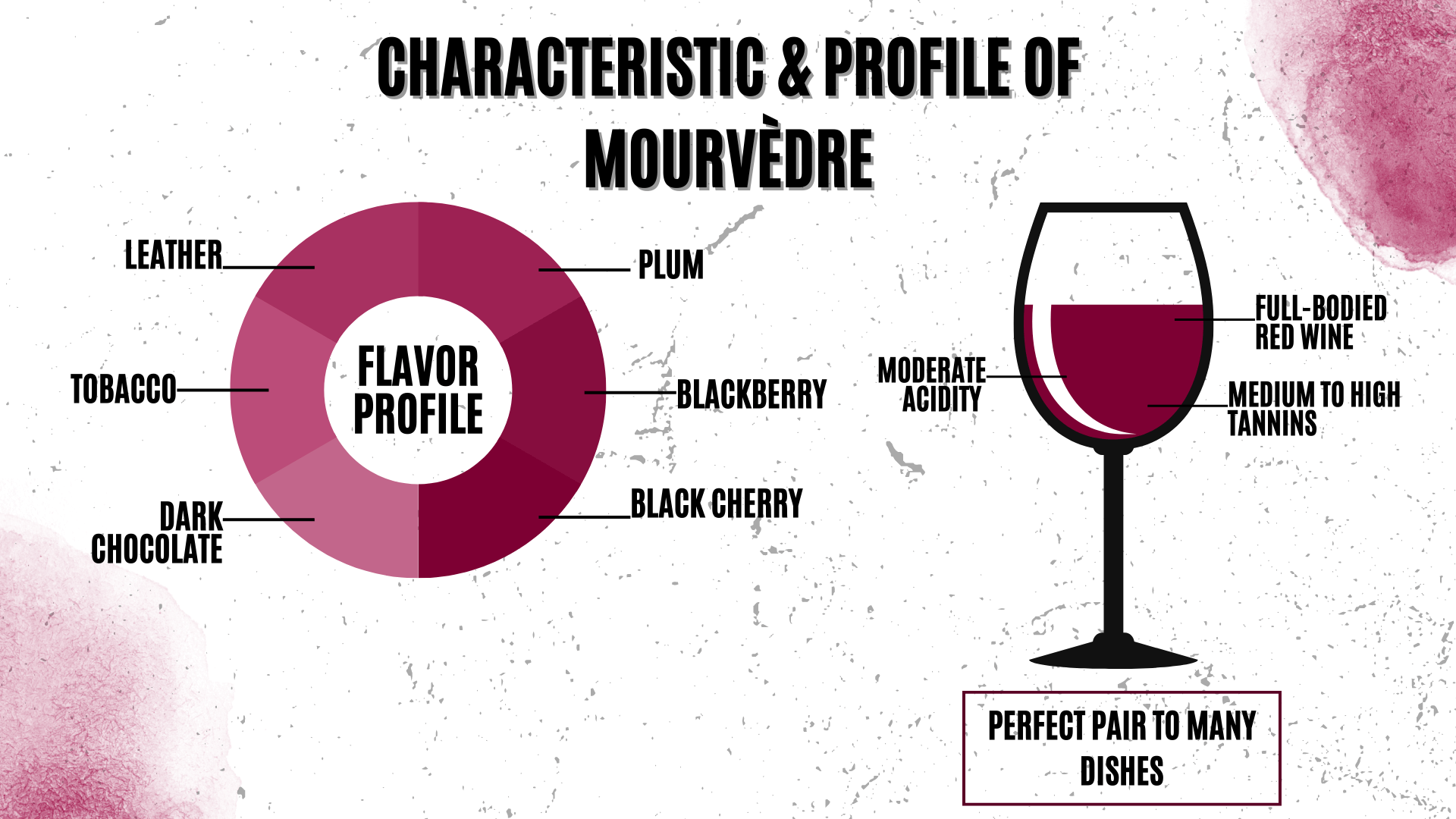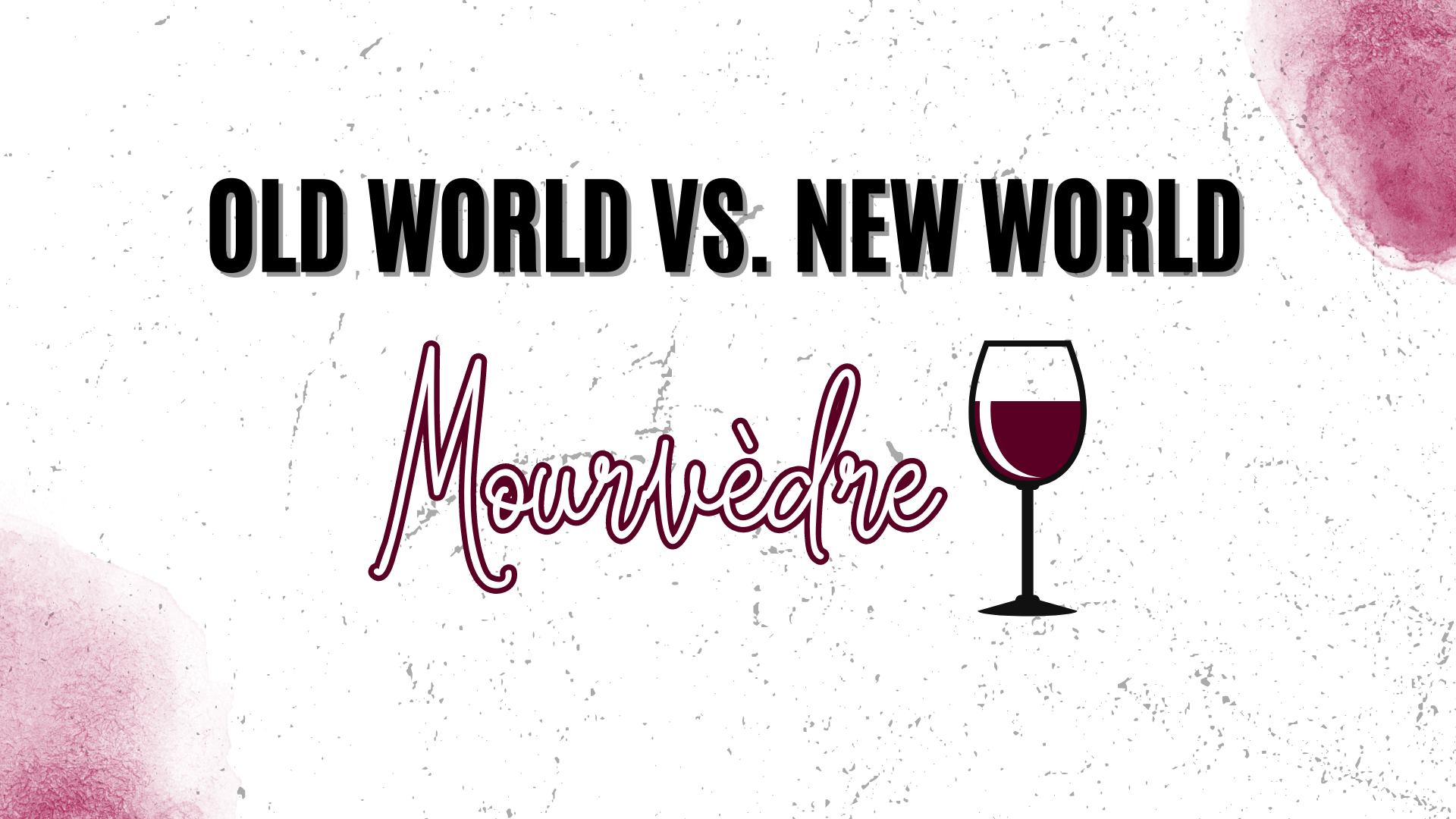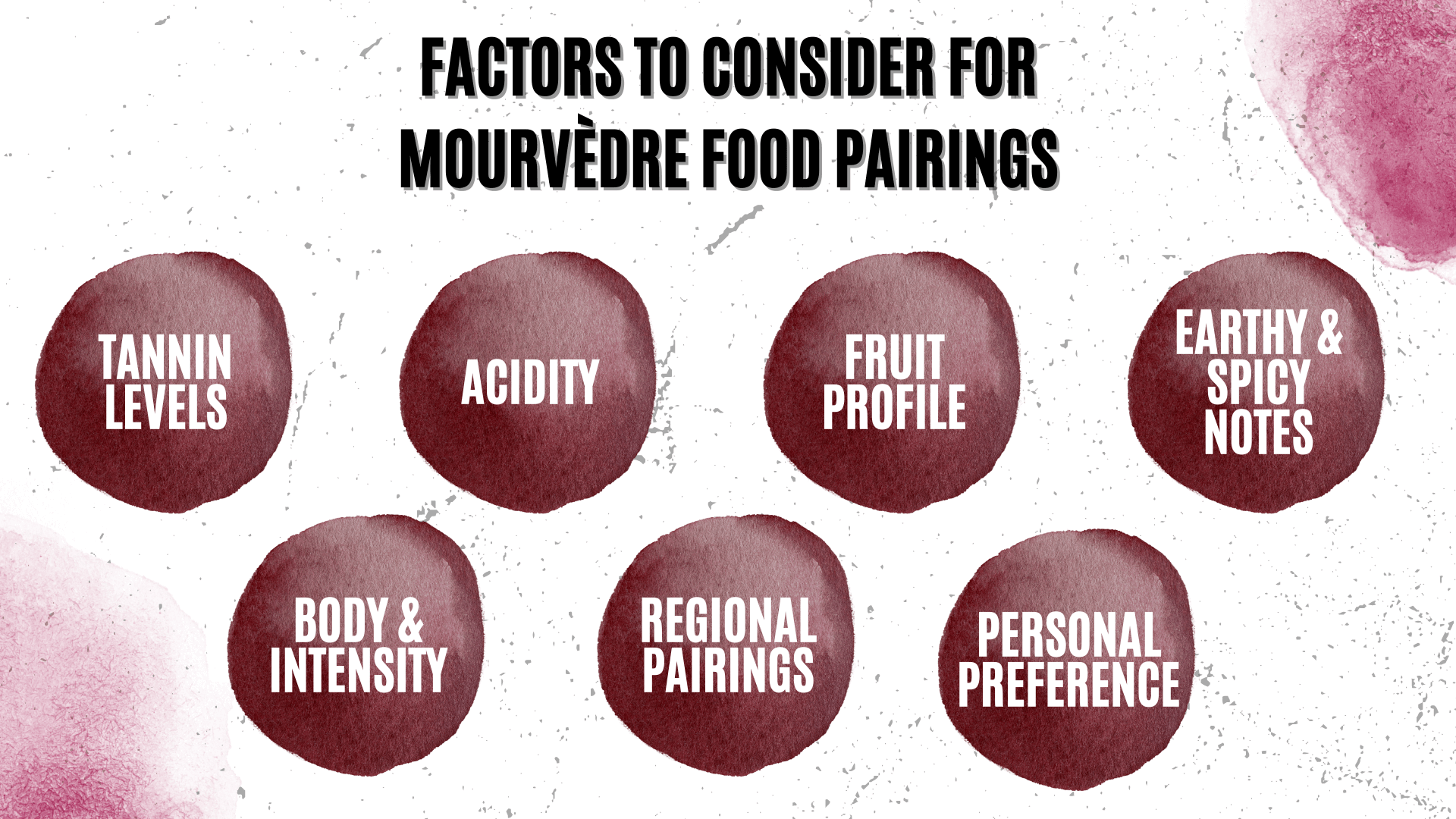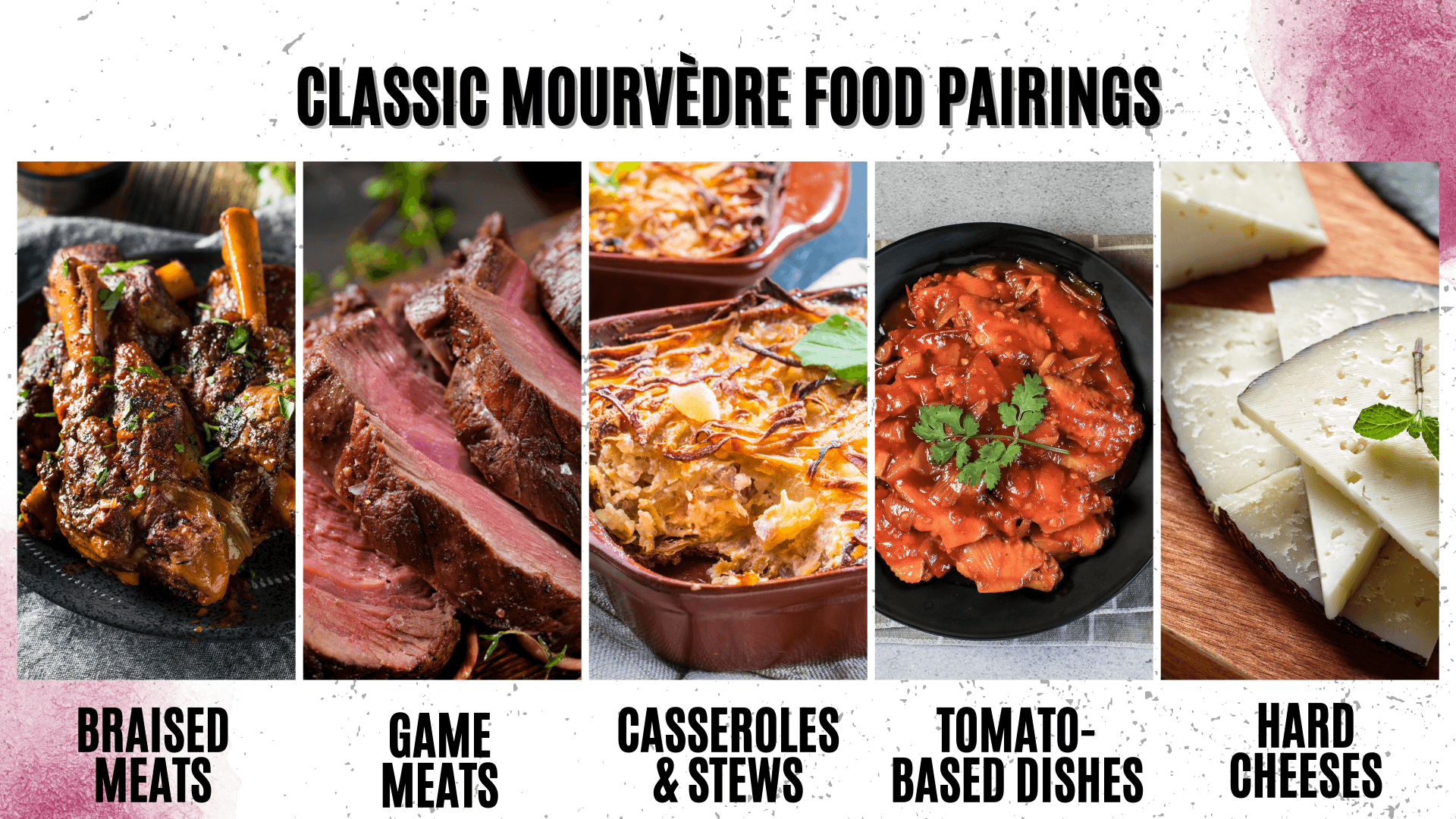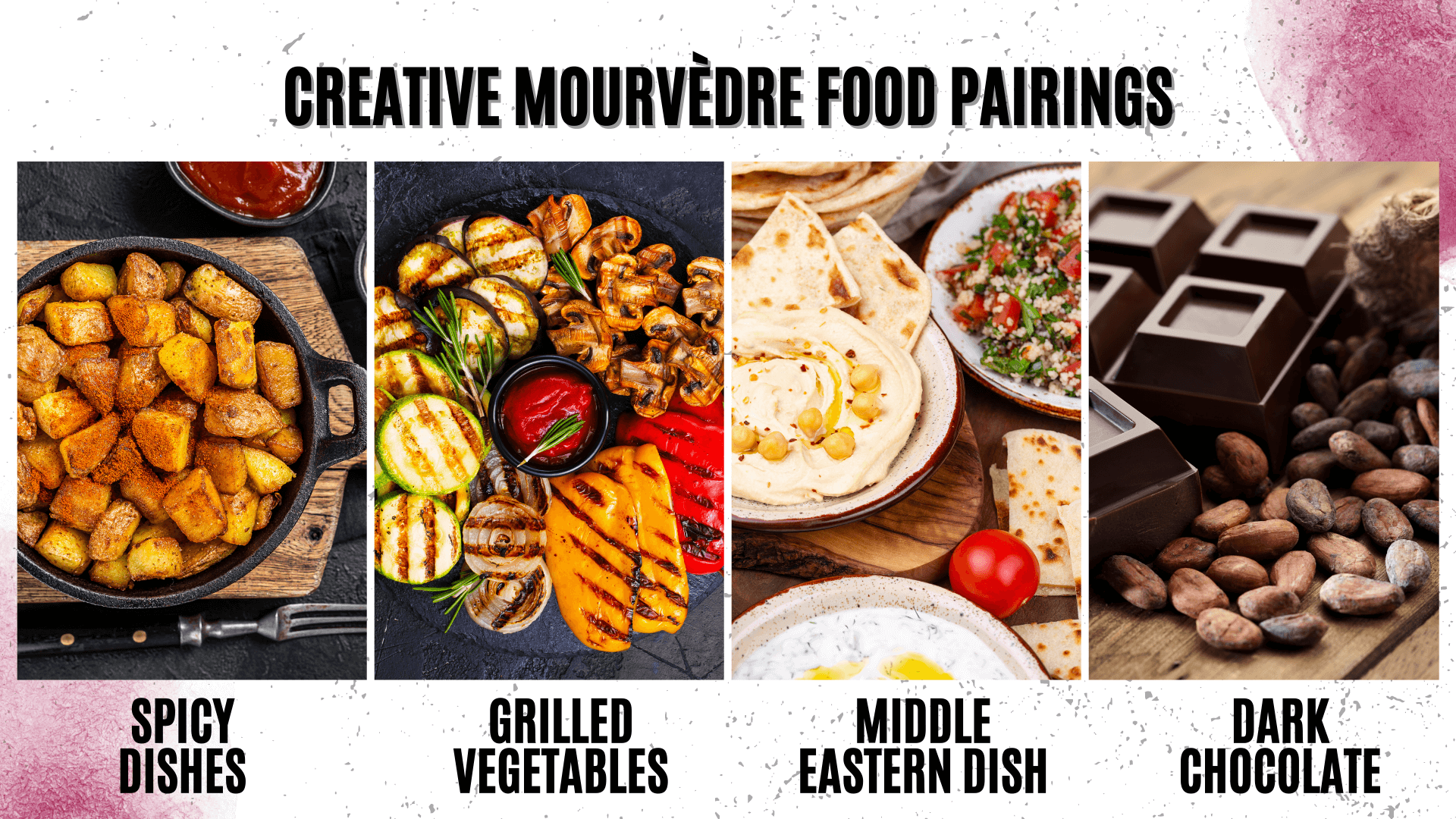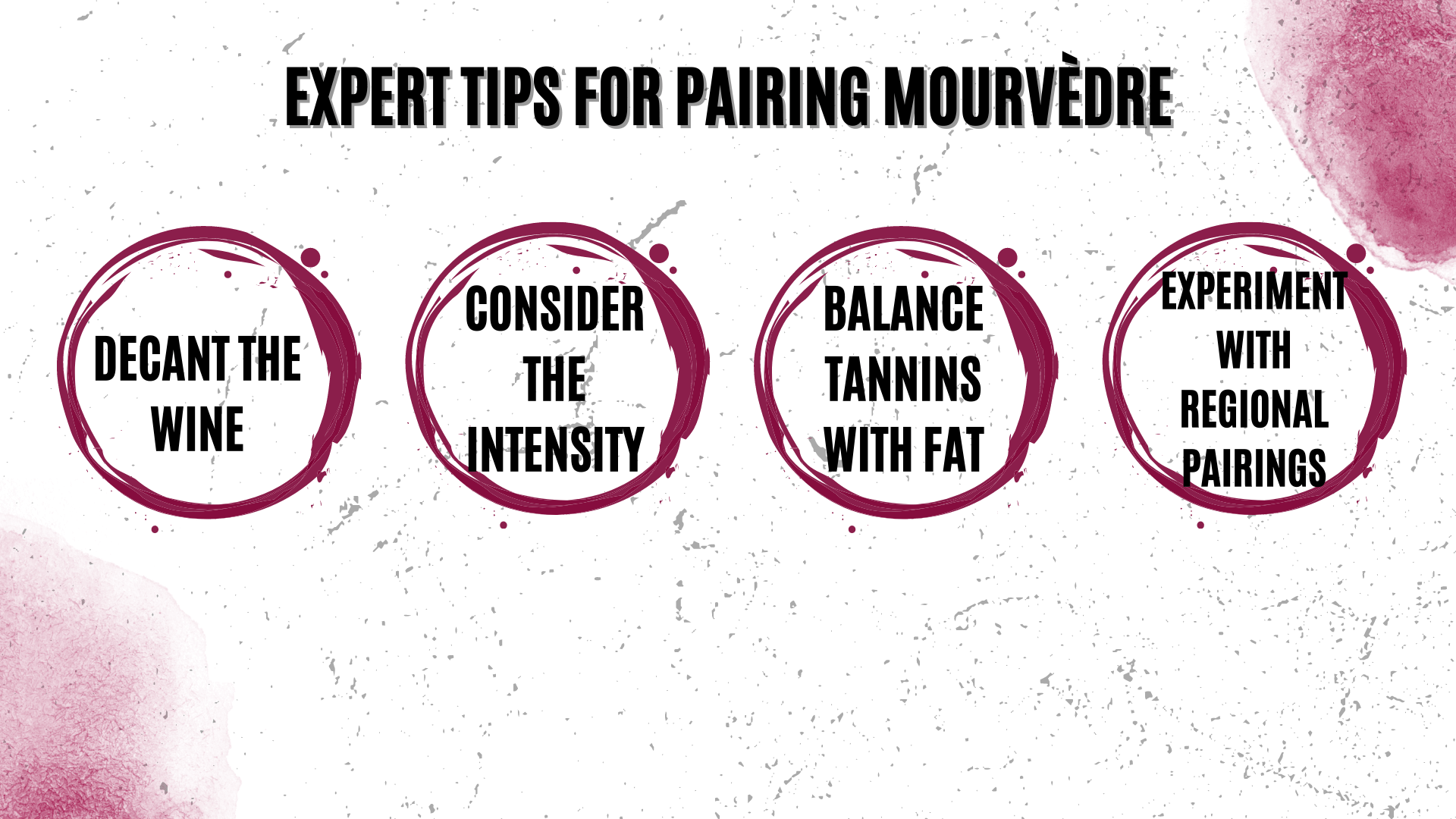Introduction
Mourvèdre, a red grape variety originating from Spain, has gained popularity in several wine-producing regions, including the South of France, California, and Australia. Known for its earthy, spicy, and dark fruit flavors, Mourvèdre is a versatile wine that pairs beautifully with a wide range of dishes. In this comprehensive guide, we’ll explore the history, characteristics, and various styles of Mourvèdre, as well as share expert tips and pairing suggestions for the perfect dining experience.
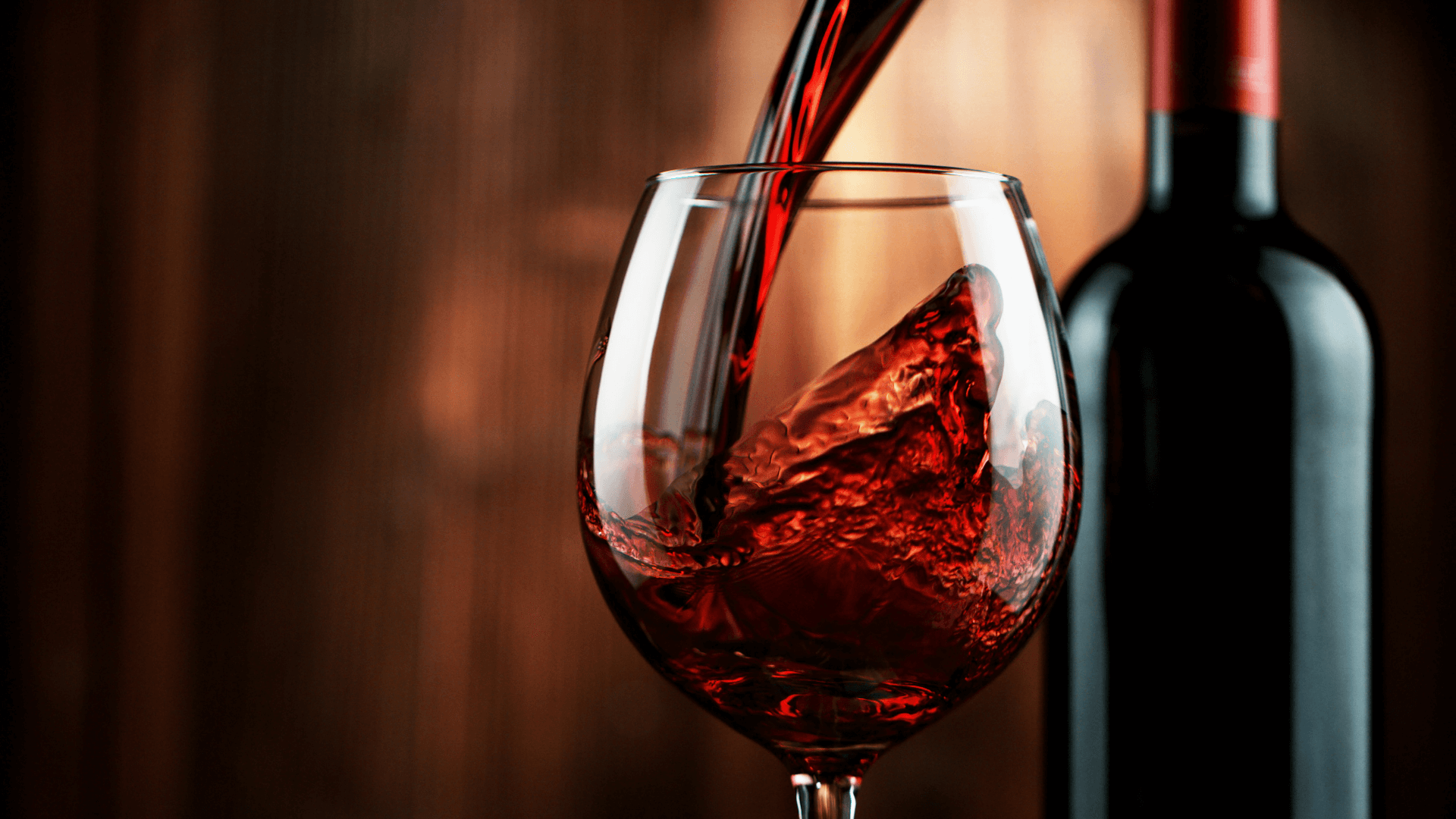
I. The History of Mourvèdre
Mourvèdre is believed to have originated in Spain, where it is known as Monastrell. It was likely brought to France during the Middle Ages and is now primarily grown in the warm Mediterranean climates of Provence and the Languedoc-Roussillon region. Over time, the grape has also gained popularity in other wine-producing countries such as the United States, Australia, and South Africa.
II. Wine Profile
Mourvèdre is a full-bodied red wine with medium to high tannins and moderate acidity. Its flavor profile typically includes blackberry, plum, and black cherry, with secondary notes of black pepper, licorice, and earthy undertones. Mourvèdre wines are often aged in oak, which can add flavors of smoke, leather, and spice.
III. Characteristics of Mourvèdre
Mourvèdre is known for its deep, dark color and complex, savory flavors. Common tasting notes include blackberry, plum, and black cherry, accompanied by hints of black pepper, earth, and licorice. The wine’s medium to high tannin content and moderate acidity provide structure and balance, while its full-bodied nature makes it an excellent pairing for bold, flavorful dishes.
IV. Old World vs. New World Mourvèdre
Old World Mourvèdres, such as those from the South of France, tend to be more rustic and earthy, with higher acidity and more restrained fruit flavors. New World Mourvèdres, such as those from California or Australia, typically have riper fruit flavors, lower acidity, and a more lush, velvety texture.
V. Factors to Consider for Mourvèdre Food Pairings
- Tannin levels: Mourvèdre’s medium to high tannins can create a drying sensation in the mouth. To counteract this, pair the wine with dishes that have rich, fatty components, like marbled meats or dishes with olive oil.
- Acidity: Acidity in wine can help to balance the flavors of a dish and cleanse the palate. Mourvèdre’s moderate acidity makes it suitable for pairing with a variety of foods, particularly those with some acidity of their own, like tomato-based dishes or dishes with vinegar-based sauces.
- Fruit profile: The fruit flavors in Mourvèdre can range from blackberries and plums to black cherries. Consider the wine’s fruit profile when selecting a dish, opting for complementary flavors or contrasts that will enhance the pairing.
- Earthy and spicy notes: Mourvèdre often has earthy and spicy flavors, which can pair well with dishes featuring similar characteristics, like roasted meats with herbs or dishes with smoky, spicy components.
- Body and intensity: Mourvèdre is typically a full-bodied and intense wine, which means it can easily overpower delicate dishes. Choose robust, flavorful dishes that can stand up to the wine’s intensity.
- Regional pairings: Pairing a wine with food from the same region can often yield successful results, as the flavors and culinary traditions have evolved together. For example, a French Mourvèdre might pair well with a Provençal or Mediterranean-inspired dish, while a California Mourvèdre could complement a bold, flavorful American dish.
- Personal preference: Ultimately, the most important factor in any wine pairing is your own taste. Experiment with different combinations and trust your palate to guide you in creating enjoyable Mourvèdre food pairings.
VI. Classic Mourvèdre Food Pairings
- Grilled or braised meats: Mourvèdre’s full-bodied character and savory flavors make it an ideal match for grilled or braised beef, lamb, or pork dishes.
- Game meats: The earthy, spicy notes of Mourvèdre pair well with game meats like venison or wild boar, complementing their rich, bold flavors.
- Casseroles and stews: Hearty, slow-cooked dishes like cassoulet or beef bourguignon can stand up to the intensity of Mourvèdre, while the wine’s fruit and spice notes enhance the dish’s complexity.
- Tomato-based dishes: The moderate acidity of Mourvèdre can complement tomato-based dishes like pasta with marinara sauce or ratatouille, creating a balanced and harmonious pairing.
- Hard cheeses: Aged cheeses like Manchego, Pecorino, or Gruyère can be excellent partners for Mourvèdre, as the wine’s tannins cut through the fat in the cheese and its complex flavors complement the cheese’s depth.
VII. Creative Mourvèdre Food Pairings
- Spicy dishes: Mourvèdre’s bold flavors can handle the heat of spicy dishes like Indian curries, Mexican mole, or Sichuan cuisine, providing a pleasant counterbalance to the spice.
- Grilled vegetables: Charred, grilled vegetables like eggplant, zucchini, or bell peppers can work well with Mourvèdre, as the wine’s earthy, savory notes complement the smoky, caramelized taste of the vegetables.
- Middle Eastern cuisine: The earthy, spicy flavors of Mourvèdre can pair nicely with the rich, aromatic dishes of Middle Eastern cuisine, such as lamb tagine, shawarma, or falafel.
- Dark chocolate: While not a traditional pairing, the dark fruit and spice flavors of Mourvèdre can complement the rich, bitter notes of high-quality dark chocolate, creating a unique and indulgent experience.
VIII. Expert Tips for Pairing Mourvèdre
- Decant Mourvèdre to allow the wine to breathe and open up, enhancing its flavors and softening the tannins.
- Consider the intensity: When pairing Mourvèdre with food, it’s crucial to match the intensity of the wine with the intensity of the dish. Bold, flavorful dishes work best with this full-bodied wine, as they can stand up to its strong flavors without being overwhelmed.
- Balance tannins with fat: Mourvèdre’s medium to high tannins can be softened by dishes with high fat content, such as red meat or rich sauces. This helps create a harmonious balance between the wine and the food.
- Experiment with regional pairings: When in doubt, consider pairing Mourvèdre with dishes from regions where the wine is produced, such as the South of France, Spain, or California. Regional pairings often share complementary flavors and can lead to successful matches.
Conclusion
Mourvèdre’s earthy, spicy flavors, full body, and medium to high tannins make it a versatile wine for food pairings. From classic red meat dishes to more adventurous pairings with spicy foods and grilled vegetables, the possibilities are nearly endless. By understanding the characteristics and styles of Mourvèdre, as well as following expert tips, you can elevate your dining experience and create unforgettable pairings that showcase this intriguing and complex wine.
Frequently Asked Questions
While Mourvèdre is generally considered a full-bodied wine, there is some variation depending on factors such as region, climate, and winemaking techniques. However, most Mourvèdres will have a full-bodied character.
Although Mourvèdre is not a traditional pairing for seafood, there are exceptions. For example, a rich, hearty seafood stew or a bold, flavorful fish dish like grilled tuna may hold up well against the bold flavors of Mourvèdre.
Mourvèdre is best enjoyed at a slightly cooler temperature than room temperature, typically around 60-65°F (16-18°C). This allows the wine’s flavors and aromas to shine without being overwhelmed by the alcohol content.
Once opened, a bottle of Mourvèdre can be stored for up to 3-5 days if properly resealed and kept in a cool, dark place. Using a vacuum-sealed wine preservation system can extend the wine’s life by a few more days.
Mourvèdre and Monastrell are the same grape variety, just known by different names depending on the region. Mourvèdre is the name used in France, while Monastrell is the Spanish name for the grape. The wine’s characteristics and style may vary depending on the region and winemaking techniques, but the underlying grape is the same.


